
Ptychosperma elegans - Plant
(MRP Inclusive of all taxes)
- Shipping ₹79 for entire order
- Dispatch in 7 days
- Country of origin: India

(MRP Inclusive of all taxes)
 Save 29%
Save 29%
Air Purifier Money Plant with Pot The Air Purifier Money Plant, also known as Pothos or Epipremnum aureum, is a stunning indoor plant that...
View full details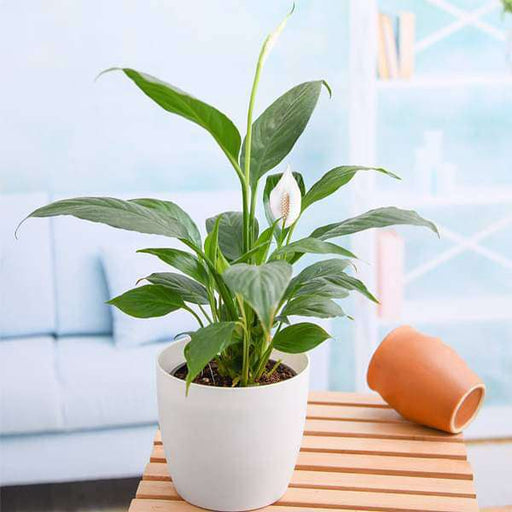
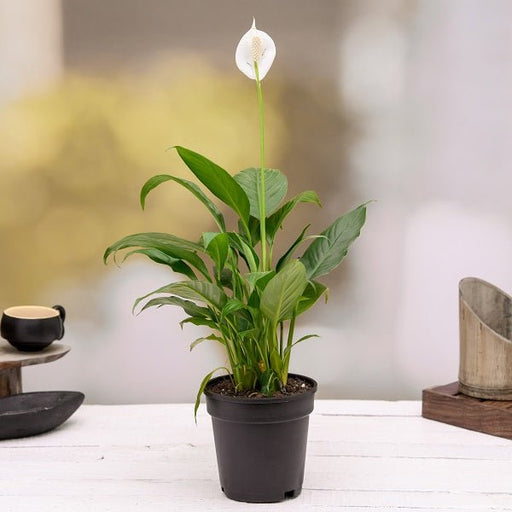 Save up to 15%
Save up to 15%
Peace Lily, Spathiphyllum - Plant The Peace Lily, scientifically known as Spathiphyllum, is a stunning houseplant celebrated for its elegant white...
View full details
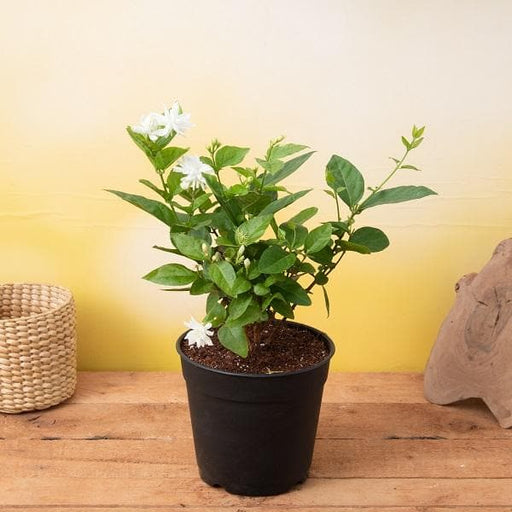 Save 25%
Save 25%
Jasminum sambac, Mogra, Arabian Jasmine - Plant Jasminum sambac, commonly known as Mogra or Arabian Jasmine, is a fragrant flowering plant...
View full details
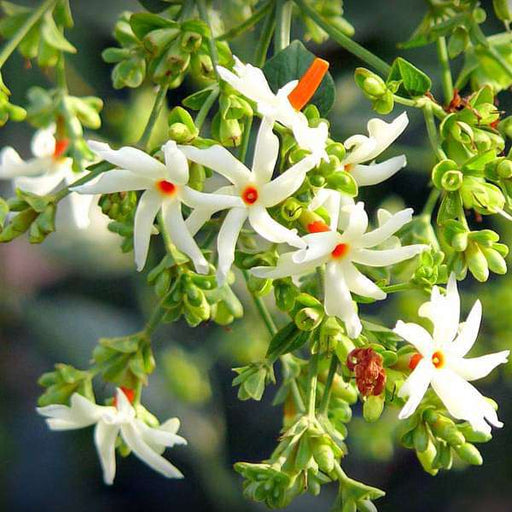 Save 18%
Save 18%
Combo Constituents Includes the Parijat Tree (Night-Flowering Jasmine), a culturally significant plant with fragrant flowers. Description The Pari...
View full details
 Save 25%
Save 25%
Miniature Rose, Button Rose (Any Color) - Plant The Miniature Rose, also known as the Button Rose, is a charming and compact flowering plant that ...
View full details Save 25%
Save 25%
Damascus Rose, Scented Rose (Any Color) - Plant The Damascus Rose, also known as Rosa damascena, is a timeless symbol of beauty and romanc...
View full details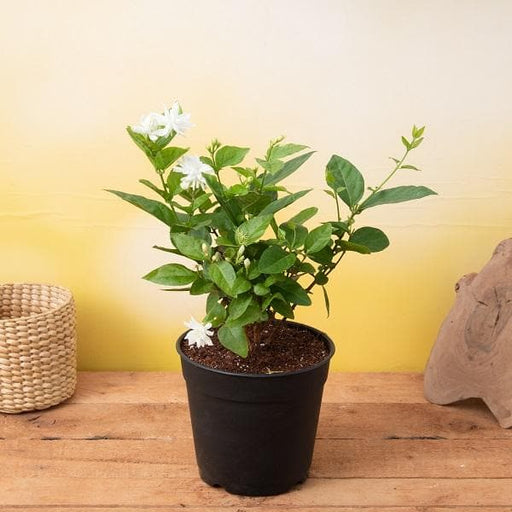
 Save 17%
Save 17%
Beautiful Fragrant Mogra, Arabian Jasmine Plant with Pot The Beautiful Fragrant Mogra, also known as Arabian Jasmine (Jasminum sambac), is...
View full details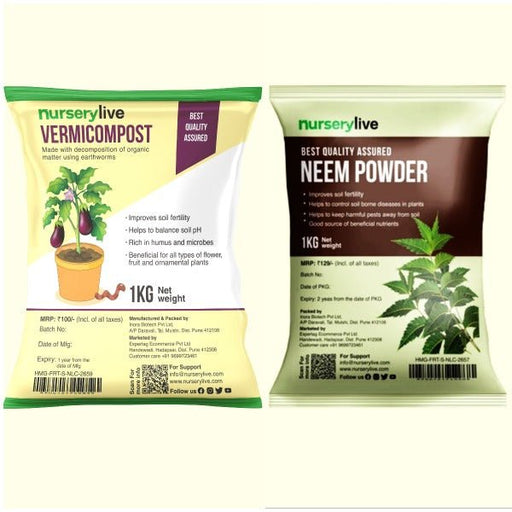 Save 15%
Save 15%
Pack of Vermicompost and Neem Cake for House Plants Transform your indoor garden with our premium Pack of Vermicompost and Neem Cake, spec...
View full details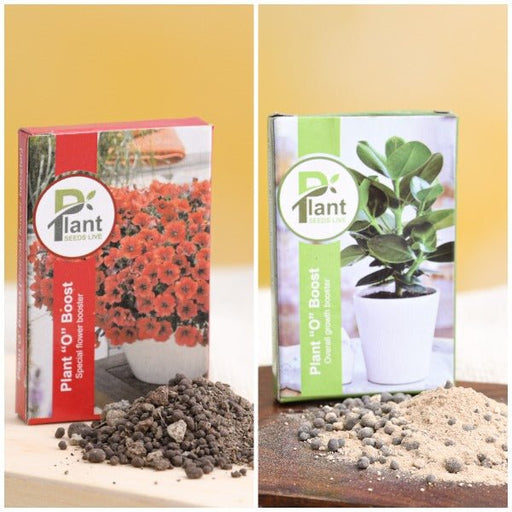
Pack of Plant Growth and Flower Boosters Unlock the full potential of your garden with our Pack of Plant Growth and Flower Boosters! This ...
View full details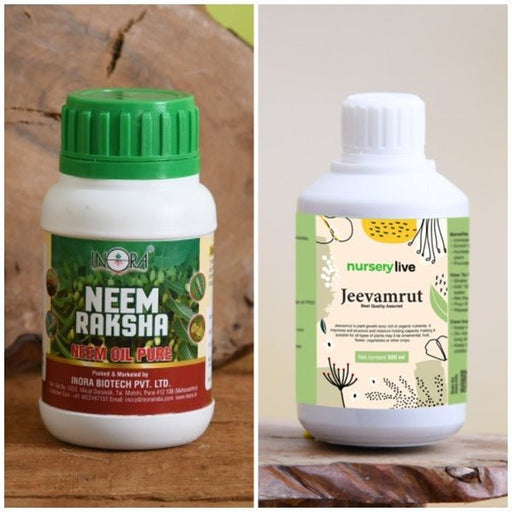 Save 38%
Save 38%
Combo of Jeevamrut and Neem Raksha for Easy Growth and Protection of Houseplants Transform your indoor garden with our exclusive combo of ...
View full details Save 22%
Save 22%
Plant Nutrients Kit (Pack of 16) for a Healthy Garden Transform your garden into a lush paradise with our Plant Nutrients Kit, featuring 1...
View full details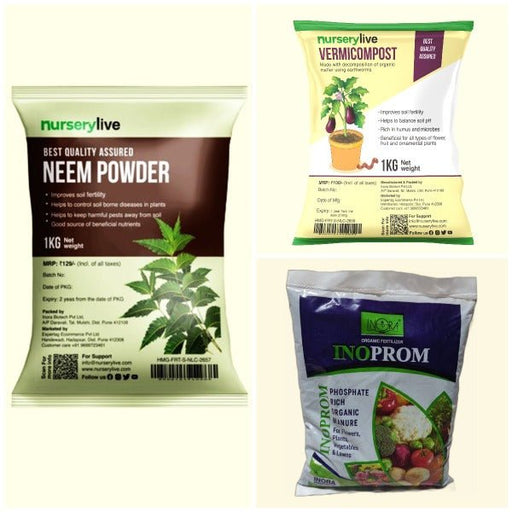 Save 16%
Save 16%
Combo of Top Plant Fertilizers Elevate your gardening game with our exclusive Combo of Top Plant Fertilizers, featuring two bags of premiu...
View full details Save 24%
Save 24%
Pack of 4 Additives to Make Soil Healthy and Nutrient Rich Transform your garden into a thriving ecosystem with our Pack of 4 Additives de...
View full details Save 30%
Save 30%
Transform your gardening experience with our premium Combo of Perlite and Vermiculite. This unique blend is designed to enhance soil aeration and ...
View full details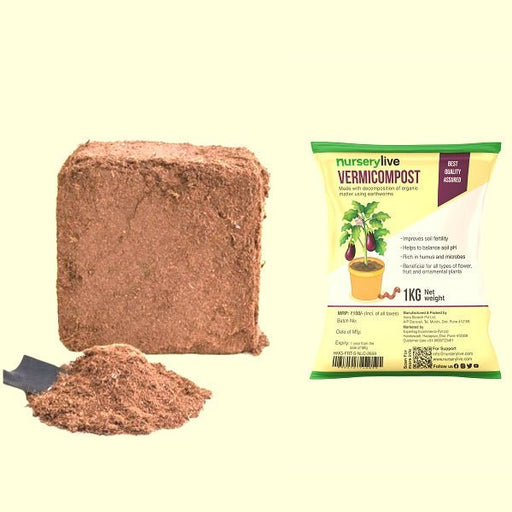 Save 27%
Save 27%
Combo of 2 Vermicompost and Cocopeat - Enrich Your Soil Naturally! Transform your garden into a thriving ecosystem with our Combo of 2 Ver...
View full details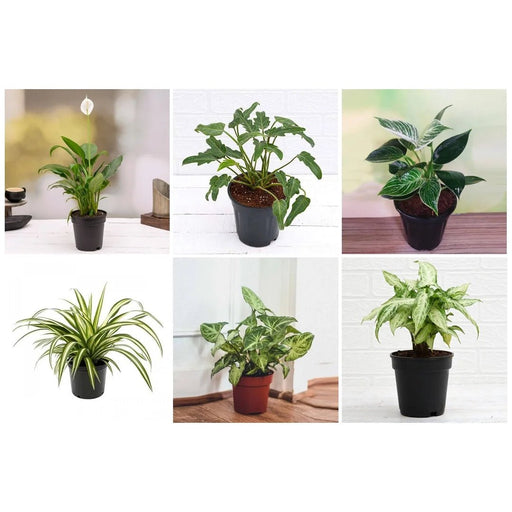
 Save 35%
Save 35%
Best 6 Plants for Perfect Indoor Garden Transform your living space into a lush oasis with our curated collection of the Best 6 Plants for a...
View full details
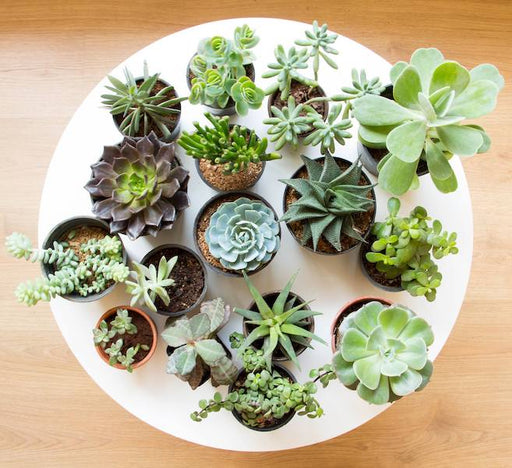 Save up to 50%
Save up to 50%
Mini Succulent Garden Pack Transform your space with our Mini Succulent Garden Pack, featuring a delightful collection of 4 any variety beautiful s...
View full details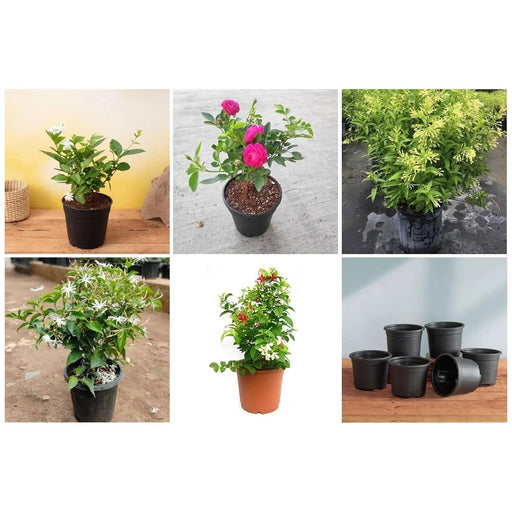
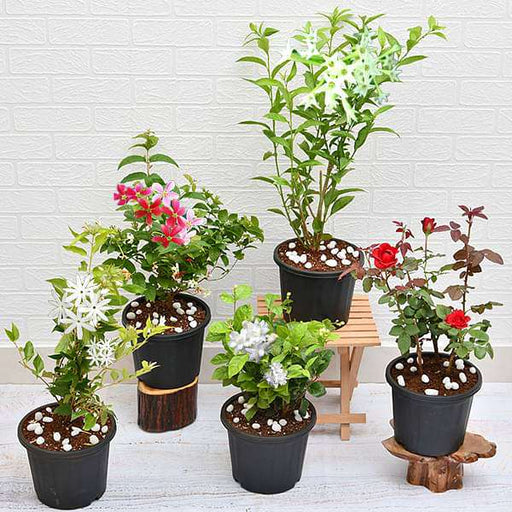 Save 30%
Save 30%
5 Best Fragrant Plants Transform your garden or indoor space into a fragrant paradise with our curated selection of the 5 Best Fragrant Plants. Th...
View full details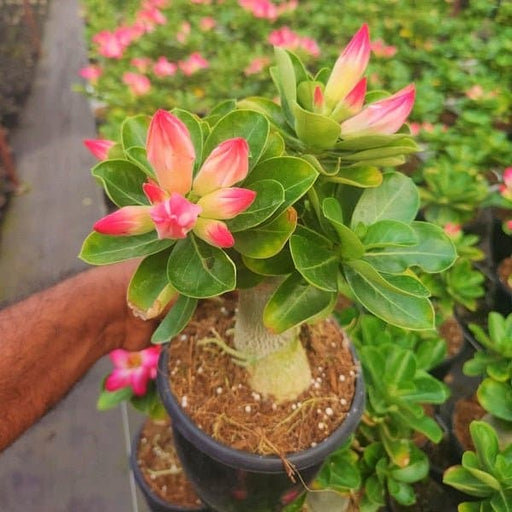
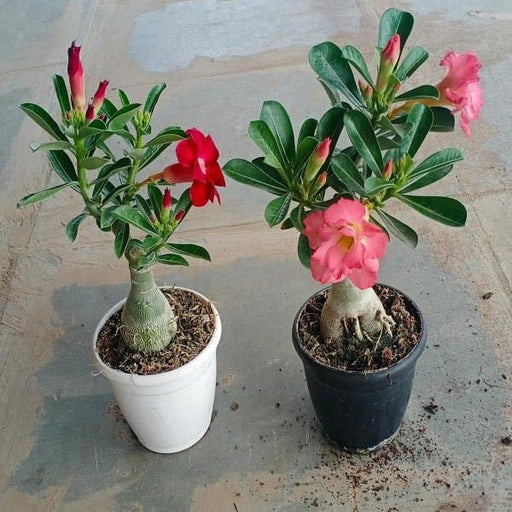 Save 24%
Save 24%
Set of 2 Bonsai Looking Grafted Adeniums Transform your indoor or outdoor space with our exquisite Set of 2 Bonsai Looking Grafted Adenium...
View full details Save 45%
Save 45%
Top 4 Die Hard Succulents Pack Transform your indoor or outdoor space with our Top 4 Die Hard Succulents Pack, featuring a curated selecti...
View full details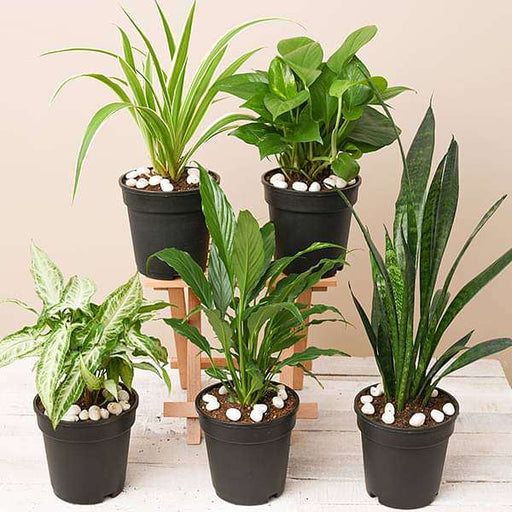
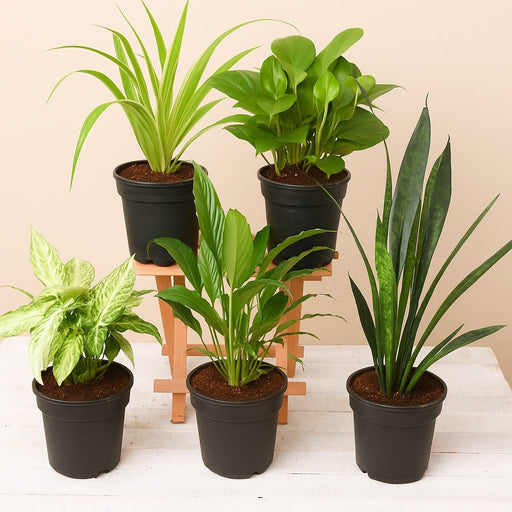 Save 30%
Save 30%
5 Best Indoor Plants Pack Transform your living space into a lush oasis with our '5 Best Indoor Plants Pack.' This carefully curated collection fe...
View full details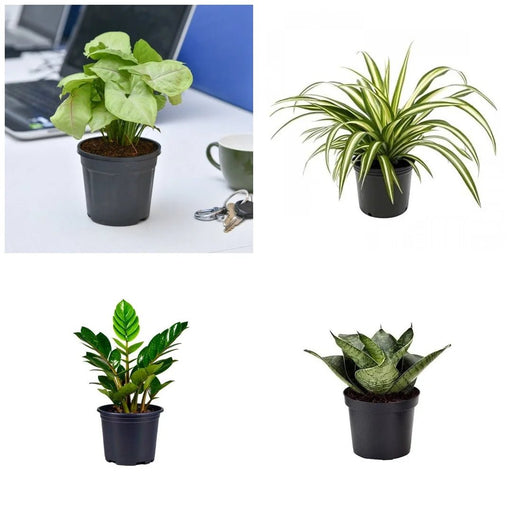
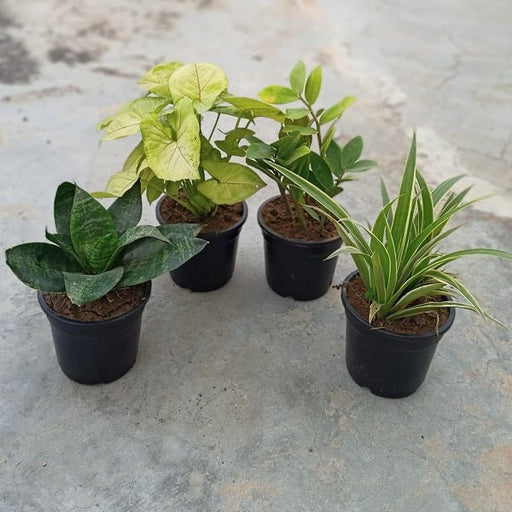 Save 25%
Save 25%
Set of 4 Evergreen Air Purifier Plant Pack Transform your indoor space into a lush, green oasis with our Set of 4 Evergreen Air Purifier Pla...
View full details| SrNo | Item Name |
|---|---|
| 1 | Ptychosperma elegans - Plant |
Ptychosperma elegans, commonly known as the Elegant Palm, is a stunning tropical plant native to the rainforests of Australia and New Guinea. This slow-growing palm features slender, upright stems adorned with lush, feathery fronds that can reach up to 10 feet in height. Its graceful appearance makes it a popular choice for indoor and outdoor landscaping, adding a touch of exotic elegance to any space.
What sets Ptychosperma elegans apart is its unique ability to thrive in low-light conditions, making it an ideal choice for indoor environments. Its striking foliage not only enhances aesthetic appeal but also contributes to improved air quality, making it a beneficial addition to homes and offices.
This palm is particularly special due to its resilience and adaptability. It can tolerate a range of soil types and moisture levels, making it a versatile choice for gardeners and plant enthusiasts alike.
Ptychosperma elegans plays a vital role in its native ecosystem, providing habitat and food for various wildlife species. Its ability to improve air quality makes it an excellent choice for urban environments, contributing to a healthier atmosphere.
If you think caring for a plant is as easy as watering your houseplant and calling it a day, think again! Ptychosperma elegans, also known as the elegant palm, requires a bit more finesse. This tropical beauty thrives in well-draining soil and loves a good drink, but don’t drown it! It’s like a diva that demands attention but also values its personal space. Keep it in bright, indirect light, and it will reward you with lush fronds that scream sophistication.
Patience is a virtue, especially when it comes to the growth rate of Ptychosperma elegans. This palm isn’t in a hurry to reach its full height, which can be up to 10 feet. It’s like that friend who takes their sweet time getting ready for a night out. Expect moderate growth, so don’t be surprised if it takes a few years to reach its full glory. But once it does, you’ll be the envy of all your plant-loving pals.
Propagating Ptychosperma elegans is like trying to teach a cat to fetch—challenging but rewarding! The best method is through seeds, which can take their time germinating. Patience is key here, as you’ll need to keep the seeds warm and moist. Once they sprout, you’ll feel like a proud parent watching your little palm grow up. Just remember, no one likes a pushy parent, so give them space to flourish!
If you think all soil is created equal, think again! Ptychosperma elegans has a taste for well-draining, rich soil that’s as luxurious as a five-star hotel. A mix of potting soil, sand, and perlite will do the trick. This palm is not a fan of soggy feet, so ensure that the soil drains well. It’s like giving your plant a spa day—everyone deserves a little pampering!
Light is the lifeblood of any plant, and Ptychosperma elegans is no exception. This palm prefers bright, indirect light, much like a celebrity who loves the spotlight but can’t stand the paparazzi. Too much direct sunlight can scorch its delicate leaves, so find that sweet spot where it can bask without burning. Your palm will thank you with vibrant fronds that add a touch of elegance to your space.
Watering Ptychosperma elegans is an art form, not a science. This palm likes its soil to dry out slightly between waterings, so don’t go overboard! Think of it as a delicate dance—too much water, and you’ll drown the poor thing; too little, and it’ll wilt like a sad flower. A good rule of thumb is to check the top inch of soil; if it’s dry, it’s time for a drink.
Fertilizing Ptychosperma elegans is like giving it a gourmet meal—just the right nutrients can make all the difference! Use a balanced, water-soluble fertilizer during the growing season, and your palm will thrive like it’s on a tropical vacation. But don’t overdo it; too much fertilizer can lead to a case of the “burnt leaf blues.” A little goes a long way, so treat your palm to a feast, but don’t turn it into a glutton!
Every plant has its enemies, and Ptychosperma elegans is no exception. Keep an eye out for pesky pests like spider mites and mealybugs, which can turn your elegant palm into a sad sight. Regularly inspecting your plant and using insecticidal soap can help keep these intruders at bay. Think of yourself as the bodyguard of your palm—ready to fend off any unwanted guests and keep your plant looking fabulous!
The debate between indoor and outdoor living for Ptychosperma elegans is like choosing between a cozy couch and a sunny patio. While this palm can thrive indoors with the right light and care, it also loves to stretch its roots outdoors in a tropical climate. If you live in a warm area, consider giving it a taste of the great outdoors. Just remember, it’s a bit of a diva and prefers a sheltered spot away from harsh winds.
Good news for pet lovers! Ptychosperma elegans is non-toxic to cats and dogs, making it a safe choice for your home. You can enjoy its beauty without worrying about your furry friends nibbling on its leaves. It’s like having a plant that’s the life of the party but doesn’t cause any drama. Just keep an eye on them; curiosity can lead to mischief, and we all know how pets love to explore!
Incorporating Ptychosperma elegans into your landscape design is like adding a touch of class to a dinner party. This palm can serve as a stunning focal point or a lovely backdrop for other plants. Its elegant fronds can soften hardscapes and create a tropical oasis right in your backyard. Whether you’re going for a modern look or a lush paradise, this palm will elevate your outdoor space to new heights of sophistication.
Ptychosperma elegans, also known as the elegant palm, is a stunning tropical plant native to Australia. With its graceful fronds and slender trunk, it’s like the supermodel of the plant world, effortlessly adding a touch of elegance to any garden or indoor space. Who wouldn’t want a little glamour in their life
Caring for Ptychosperma elegans is like nurturing a diva. It loves bright, indirect light and moist, well-draining soil. Keep it warm and humid, and don’t forget to shower it with love (and water) regularly. Just remember, overwatering is a no-no; this palm prefers to sip, not drown!
Ptychosperma elegans thrives in warm, humid environments, making it the perfect plant for tropical climates or cozy indoor spaces. Aim for temperatures between 65°F and 85°F, with humidity levels around 50% or higher. Think of it as a vacationing celebrity—comfortable and pampered!
Absolutely! Ptychosperma elegans is a fantastic indoor plant, bringing a slice of the tropics right into your living room. Just ensure it gets enough light and humidity, and it will flourish like a star on the red carpet. Your guests will be green with envy!
Watering Ptychosperma elegans is a delicate dance. Keep the soil consistently moist but not soggy—think of it as a gentle mist rather than a torrential downpour. Check the top inch of soil; if it’s dry, it’s time for a drink. Your palm will thank you with lush growth!
Ptychosperma elegans can attract pests like spider mites and scale insects, but don’t worry; they’re not the life of the party. Regularly inspect your plant and wipe its leaves to keep these uninvited guests at bay. A little vigilance goes a long way in maintaining its elegance!
Good news for pet lovers! Ptychosperma elegans is non-toxic to cats and dogs, making it a safe choice for your furry friends. So, let your pets frolic around this elegant palm without fear. Just don’t let them use it as a scratching post!
Ptychosperma elegans is a slow but steady grower, typically adding about 6 to 12 inches per year. Patience is key, as this palm takes its time to reach its full height of around 10 to 15 feet. Think of it as a long-term investment in tropical beauty!
Propagation of Ptychosperma elegans is a bit tricky, as it’s usually grown from seeds. If you’re feeling adventurous, soak the seeds for a day before planting them in a warm, humid environment. Just remember, patience is a virtue; it may take a while for those seeds to sprout!
Feed your Ptychosperma elegans with a balanced, water-soluble fertilizer every 4-6 weeks during the growing season. Think of it as a gourmet meal for your palm—just the right nutrients to keep it looking fabulous. Avoid over-fertilizing; nobody likes a plant that’s had too much!
While Ptychosperma elegans can tolerate low light, it won’t be strutting its stuff like it would in brighter conditions. For optimal growth and that stunning look, provide it with bright, indirect light. Think of it as a star that needs the spotlight to shine!
Ptychosperma elegans can face issues like root rot and leaf spot diseases, but don’t panic! Proper watering and good air circulation can help prevent these ailments. Keep an eye on your palm, and if it starts looking a bit under the weather, a little TLC will go a long way!